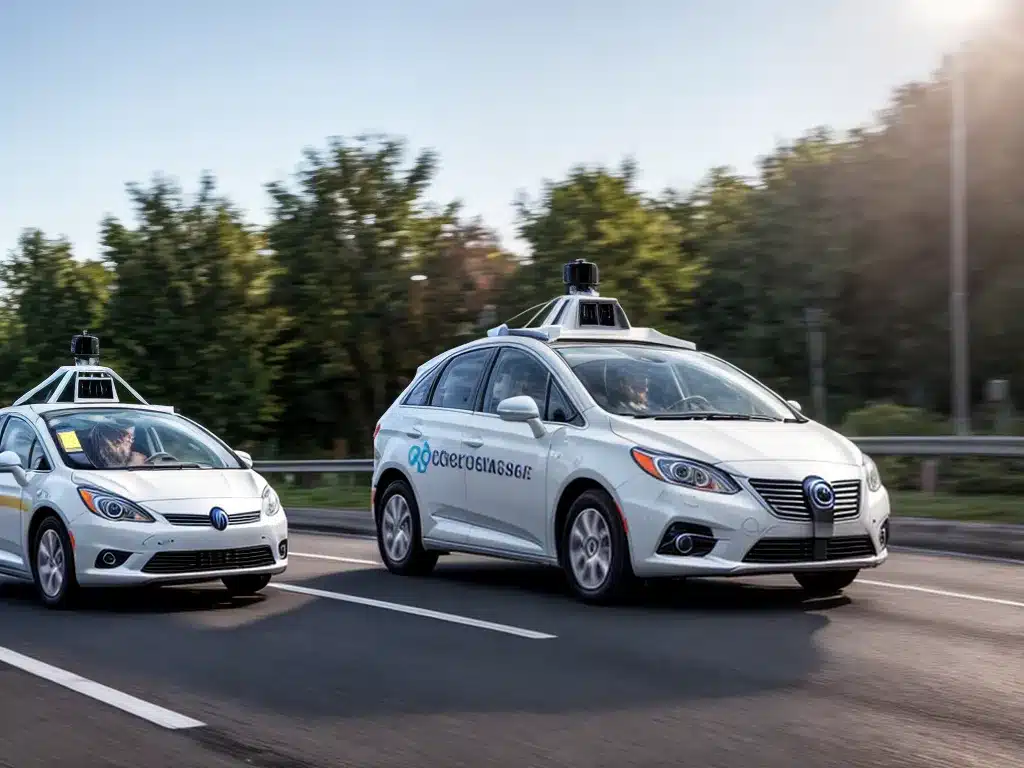
Introduction
Self-driving car technology has advanced rapidly in recent years. A key component of any self-driving car is the operating system that runs all of the autonomous driving software. There has been debate about whether open source or proprietary operating systems are better suited for self-driving cars. In this article, I will provide an in-depth look at the pros and cons of using an open source OS for self-driving cars.
Pros of Using an Open Source OS
Faster Innovation Through Collaboration
One of the main benefits of open source software is that it allows for collaboration between many different developers and companies. With a proprietary OS, all of the development and innovation occurs within one company. With open source, developers from around the world can contribute improvements. This leads to faster advancement of the technology through shared knowledge.
Several examples of successful open source software like Linux and Android have benefited greatly from the open collaboration model. The same could apply to an open source OS for autonomous vehicles. More minds working together can accelerate solutions to key technical challenges.
Increased Security
Proprietary code is often less secure because bugs and vulnerabilities are only known within the company that controls the code. With open source OS, there are potentially thousands of independent developers able to identify vulnerabilities in the code. These issues can be patched quicker when the code is open.
Since a self-driving car OS needs to be extremely secure, the transparency and crowdsourced review of open source code can boost safety. Developers would be able to continuously scrutinize the code to find and fix any flaws.
Lower Costs
Open source software is free to use whereas proprietary software requires licensing fees. An open source OS for self-driving cars could reduce costs for auto manufacturers. They would not have to pay licensing fees to a software company anytime they want to install the OS in a new self-driving car model.
The cost savings could make autonomous vehicle technology more affordable and accessible. Any company could use the platform for research and development, not just large automakers with big budgets. This could help speed up overall progress in the field.
Cons of Using an Open Source OS
Fragmentation
One common downside of open source projects is fragmentation. With many developers contributing changes, different forked versions of the code can emerge. This could create compatibility issues.
If auto manufacturers use fragmented variants of the OS, the overall ecosystem may become more disjointed. Proprietary OS like QNX and AUTOSAR benefit from centralized control by a single company to minimize fragmentation.
However, large open source projects like Linux have governance models to maintain cohesion. The same could be implemented for an open source self-driving OS.
Lack of Accountability
With proprietary OS, there is a clear accountable entity if issues arise – the company that developed the software. The blame is less clear with open source. If a major vulnerability impacts car safety, who takes responsibility when changes are crowdsourced?
Proprietary OS vendors like Blackberry QNX conduct extensive testing and qualification. They can provide better accountability due to controlling both development and testing rigor.
However, thorough testing and validation processes could still be instituted for open source self-driving car OS code. Overall accountability may be more diffuse but not necessarily lacking.
Licensing Complexities
Open source licenses allow the reuse and distribution of the free software. But different licenses have different requirements which can create legal complexities. For example, the GPL license requires users who modify and redistribute code to also disclose their changes as open source.
The licensing nuances make it challenging to commercialize open source code and can limit what auto manufacturers can do with it. This is less of an issue with proprietary OS which have more straightforward licensing.
However, open source licensing issues have been largely figured out. For self-driving cars, appropriate licenses like Apache or BSD could be chosen to simplify usage for commercial products.
Real World Examples of Open Source in Autonomous Vehicles
Autoware
Autoware is an open source project led by startups and companies based in Asia focused on autonomous vehicle software. It offers a full stack of software for self-driving including perception, planning, controls and more. Autoware is released under the permissive Apache 2.0 license to encourage wide commercial adoption. Many autonomous driving research teams use Autoware as a foundation.
Apollo
Apollo is an open source autonomous driving platform originally developed by Chinese company Baidu. It offers open source reference hardware and software for the entire self-driving stack. Unlike Autoware, Apollo uses the more restrictive LGPL license. Apollo has been used by over 100 partners but requires giving Baidu rights to use partner improvements.
Linux
The Linux kernel is perhaps the most successful open source software ever. It powers Android, servers, supercomputers and more. Given Linux’s ubiquity and stability, it is a solid option as the core OS kernel for self-driving vehicles. Some autonomous prototypes use automotive-grade Linux OS like Automotive Grade Linux.
Conclusion
Open source has the potential to accelerate innovation in the self-driving car arena through collaboration and transparency. However, challenges like fragmentation, licensing complexity and accountability need to be addressed. The best path forward may be a hybrid model that combines open source software with proprietary components and testing processes. As the technology continues maturing, we will see how open source OS shapes up as a foundational platform for autonomous vehicles. Careful governance of open source communities and choosing appropriate licensing will be key to success.












